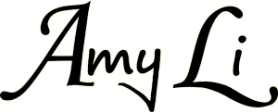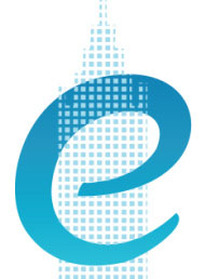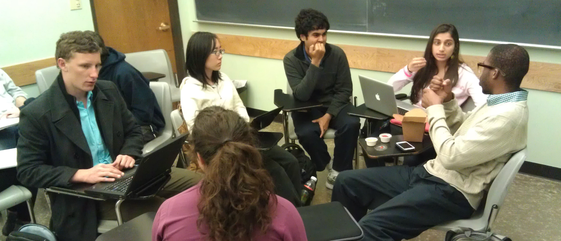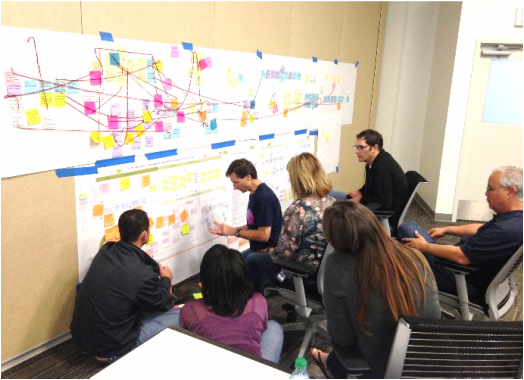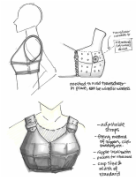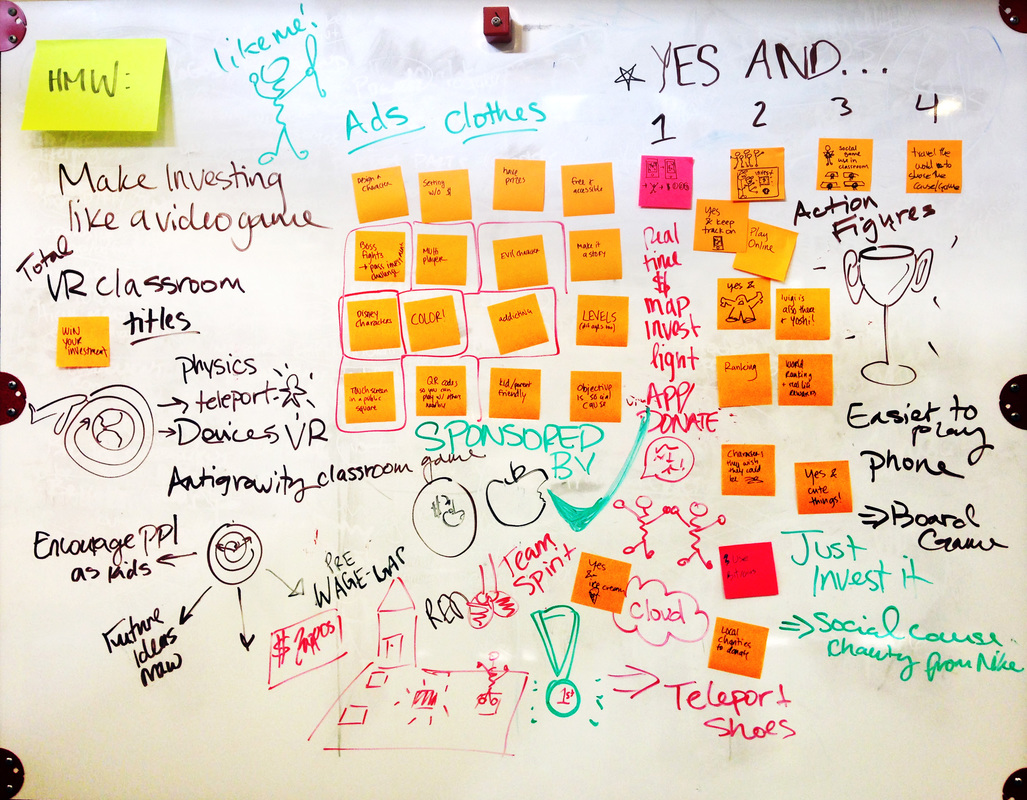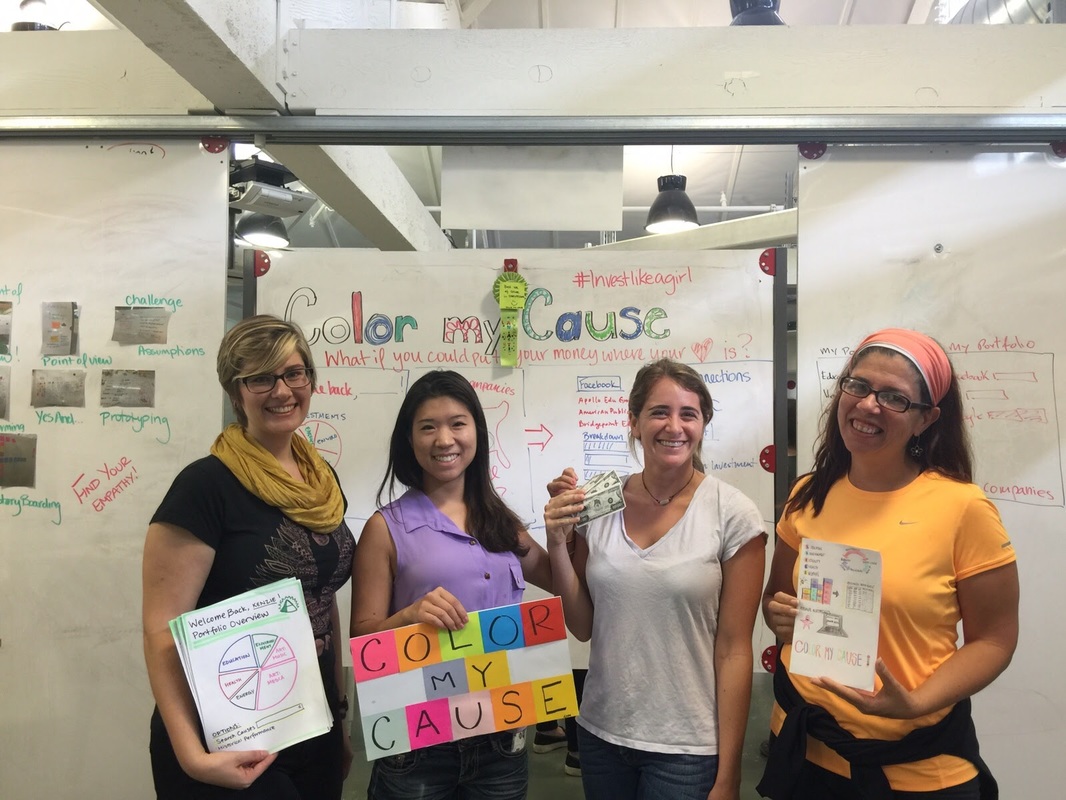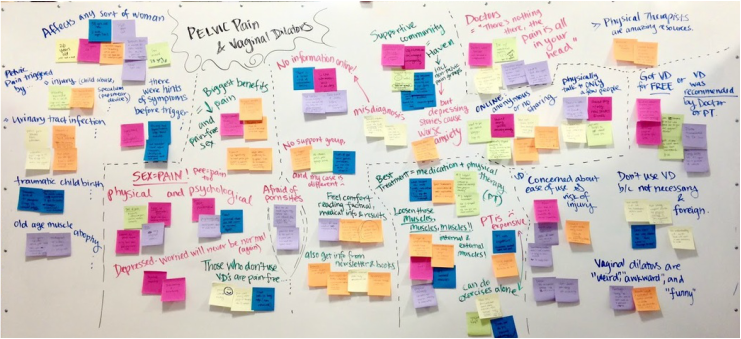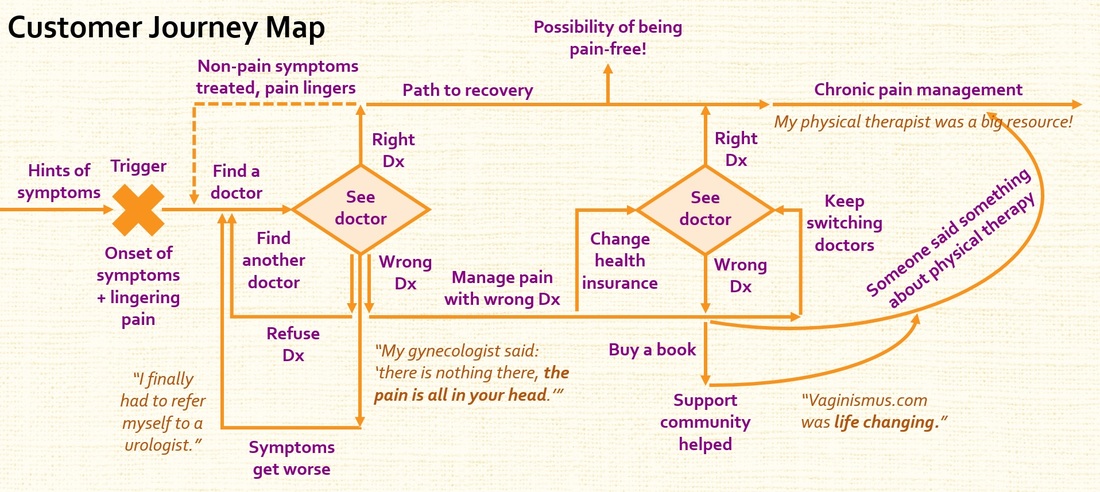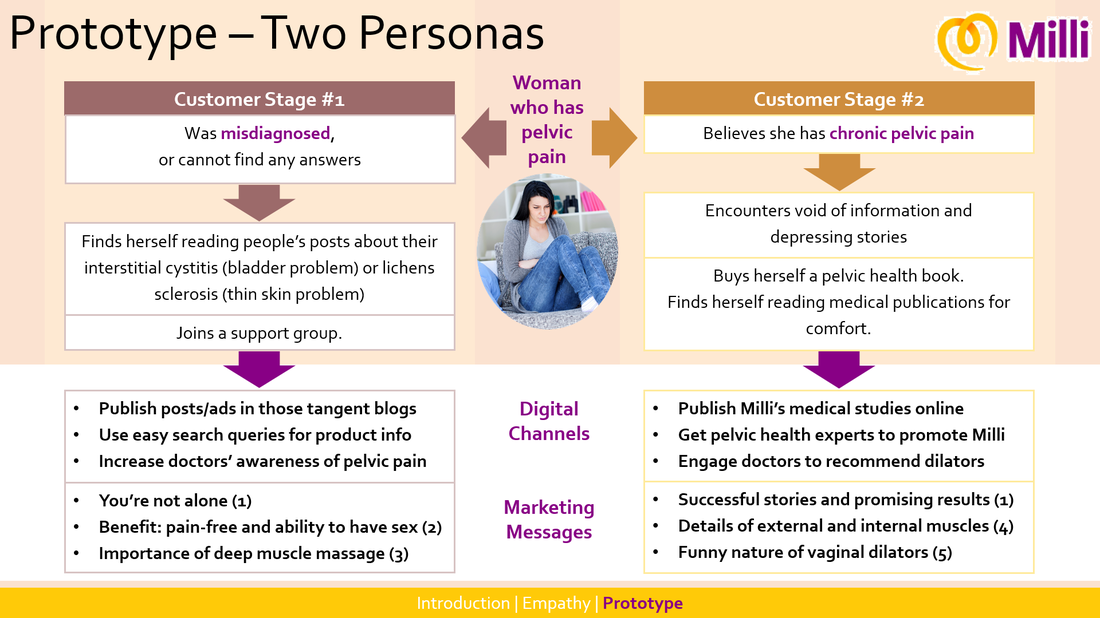Design Thinking Projects
2011 - Design Team at University of California, Berkeley
|
My first introduction to design thinking was when I created a design team to develop medical devices at UC Berkeley. I was connected with a hospital in Nicaragua that did not have easy access to ultrasound gel, something I thought should be easily accessible. This, along with student interest, inspired me to build the Engineering World Health Design Team to design, prototype, and test Do-It-Yourself (DIY) medical equipment with open-source instructions that could be implemented by any hospital worldwide. I secured funding for our projects, registered it as an official university course, and crafted the syllabus after IDEO's design process, which I learned about through online videos and other resources. Within a year, I grew the team from zero to 30 members, and we developed a homemade ultrasound gel, which was adopted at the Nicaraguan hospital, and began working on a solar-powered water purifier, a cell phone stethoscope, and other projects.
|
2013 - Facilitated Kaizen Workshop At Genentech
|
Even within the rigid standards of a biotech business, I found ways to use design thinking to create change. While working at Genentech, I led a cross-functional leadership team to revamp their site portfolio management process, and I jumped at the opportunity to facilitate a full-day workshop for the team.
To understand user needs, I performed extensive user interviews and research. Knowing that the leadership team wanted to elicit an outpouring of discussions, ideas, and results, I structured the workshop agenda to include the most interactive activities to engage the team. |
On the day of the workshop, I facilitated a passionate debate about the issues and asked the team to communicate through unconventional means such as colorful post-its, red string, gold stars, and highlighter all over the white banner paper covering the walls (makeshift white boards). We not only generated better understanding of the problems and new ideas, but we also left the workshop highly motivated to iterate on our top idea with users. After multiple iterations, I eventually rolled out our new portfolio management process across the entire site (which included a new process, reorganization of team structures, and new tools). The site still uses the results today.
2015 - Stanford BioDesign Innovation
2015 - Stanford d.school Creativity & Innovation with Finance Firm Fidelity
|
We partnered with the finance firm Fidelity to apply design thinking to a real-life problem: “Statistically, women are better investors than men, so why do fewer women invest compared to men?” #investlikeagirl! In teams of four, we interviewed over 30 people, uncovered insights, brainstormed ideas, and prototyped our solutions. We observed that many women were intimidated about investing, did not have social support to invest, and wanted to support causes they were interested in. Our final solution, "Color My Cause," is an online portfolio service that identifies and rates companies based on the causes they support (e.g. education, healthcare, etc.). Our solution helps deconstruct the unfamiliar world of investing by providing guidance to invest in companies based on their missions and causes while also displaying financial metrics. Our prototype was well received by Fidelity representatives.
|
Stanford d.school's Creativity & Innovation course honed into valuable design thinking skills including:
|
2016 - Stanford D.school Advanced Design Studio
Design Project 1: Pelvic Pain & Vaginal Dilators
- Empathy - Who are these women?
- Prototype - Identify digital channels and propose marketing messages
|
Working on a project with Fogarty Institute-backed healthcare start-up Milli, which makes vaginal dilators, I strove to deeply understand women who sought help for pelvic pain, and with that understanding, I identified digital channels to reach users and devised messages to address them.
We went in with a hypothesis that there were women who sought help (active) and those who did not (passive). Through interviews, I realized that the customer journey was so complicated that all users have both active and passive phases. What actually separated the users was their different understanding of their condition, which guided how they sought help and which digital channels they went through. With this insight, I developed two frequent yet extreme user cases (personas) with digital channels and marketing messages. |
Design Project 2: Individual Project. Wireless earphones
In progress May 9, 2016
